There Monarda didyma is a plant of the family of Lamiaceae (or Labiatae), a close relative of other better known aromatic plants, such as for example the rosemary and the sage. It is the most famous species of the genus Monarda, which also includes other interesting plants. There Monarda didyma it is cultivated for the heady aroma of its leaves, which have earned it the name of bergamot plant, even if botanically it has nothing to do with the renowned Calabrian citrus fruit. This aromatic herb also offers a spectacular and prolonged flowering and for this reason the cultivation also has an ornamental value. Furthermore, it can be counted among the medicinal plants, as it is rich in beneficial properties for the body.
So let’s see everything there is to know and how to cultivate the monarda.
Origins, history and curiosities about Monarda didyma
There Monarda didyma it is native to North America, in particular to the Great Plains region and the areas adjacent to the Rocky Mountains. The plant has been used for medicinal and culinary purposes by Native American tribes, including the Iroquois, Mohawks and Menominee. This plant is also known as Oswego tea because it was used by the Native American tribes of the Oswego region (now New York state) as an herbal tea. The drink was made by boiling the leaves of the plant in water, and was used to treat stomach problems and fever.
A historical curiosity linked to the plant concerns the fact that it was used as a substitute for tea during the American War of Independence. During the naval blockade imposed by the British on the American colonies, English tea became very difficult to obtain and the colonists had to find local alternatives. There Monarda didyma it was then used to produce a drink similar to tea and called Liberty Tea.
Finally, it was one of the first plants cultivated in the United States for ornamental purposes. In 1740, the English gardener John Bartram sent plants of Monarda didyma from Pennsylvania to Kew Botanic Garden in London, where they became very popular.
How is the plant made of Monarda didyma?
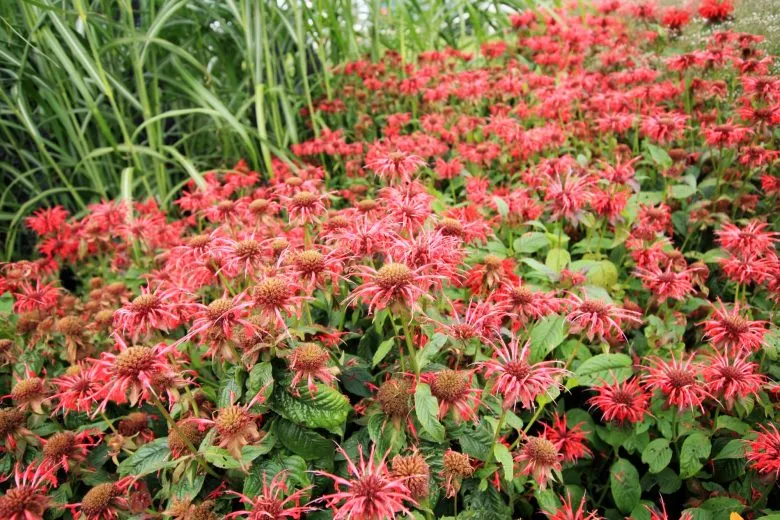
There Monarda didyma it is a perennial herbaceous plant that emits long stems that can reach up to 1 m in height. Overall, the plant forms quite thick and ground cover bushes. The leaves are opposite and lanceolate, with a variable length. They are deep green in color and have a citrusy, aromatic smell when rubbed. The flowers are large and showy, about 2.5 cm in diameter. They have a tubular shape and are arranged in whorls on tall, sturdy stems. Flower colors can range from red and pink to purple and white, depending on the cultivar.
When does the monarda bloom?
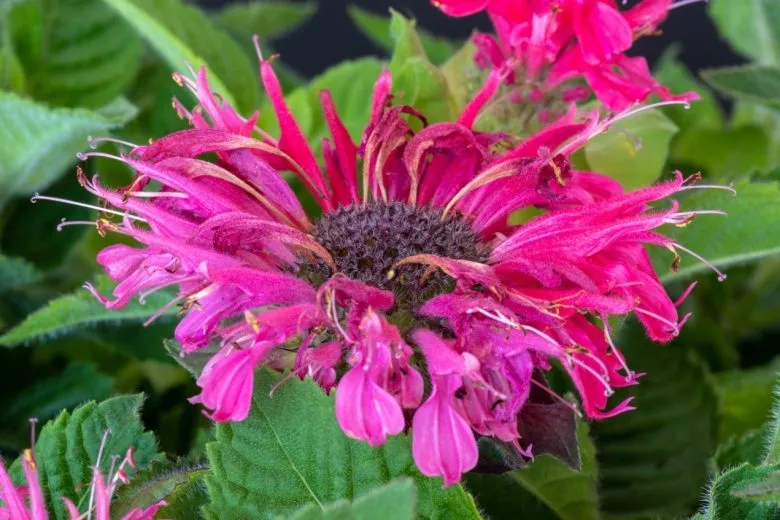
There Monarda didyma it blooms in summer, usually from June to September depending on the climatic zone. The flowers are particularly attractive to bees and other pollinating insects, which obtain pollen and nectar from them. In the garden they give a very bright note of color that certainly does not go unnoticed.
What are the other species of plants of the genus Monarda of medicinal value?
As mentioned, the genus includes numerous species of aromatic and medicinal plants.
Among the best known and most cultivated we point out:
- Monarda fistulosa: commonly known as “wild bergamot”, this species is also native to North America. It is used in herbal medicine for its antimicrobial and anti-inflammatory properties;
- Monarda citriodora: this species has leaves with a strong lemon aroma and is used as an infusion to relieve stress and anxiety;
- Monarda punctata: it is used in herbal medicine for its antispasmodic and analgesic properties.
How is monarda grown?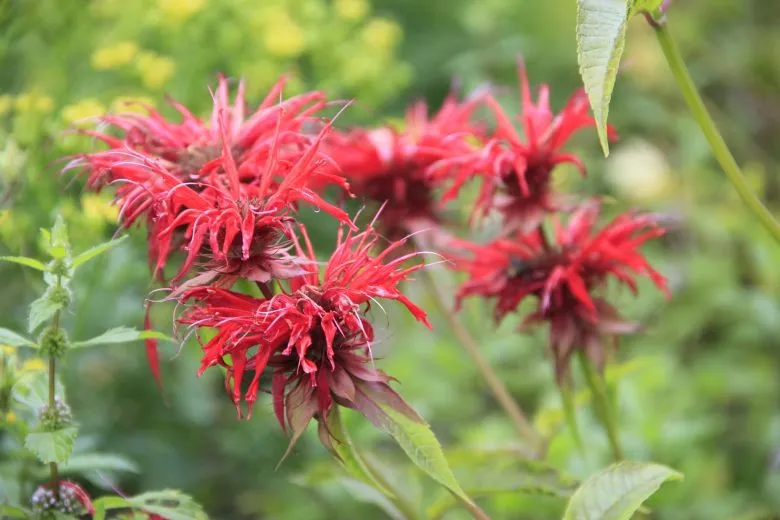
There Monarda didyma it is a plant that grows well in temperate and cool climates, in fact it does not tolerate arid heat. The plant can resist low temperatures well, but could be damaged by intense and prolonged frost.
The monarda needs a well-lit place to grow and flower at its best, but it can suffer from exposure to full sun during the summer, so it is advisable to grow it in a partially shaded place.
As for the soil, the plant prefers well-drained, fertile and moist soils, with a pH between 6.0 and 7.5. The plant benefits from soil rich in organic matter, such as compost or theearthworm humuswhich can be amended to the soil before starting cultivation.
When and how to sow Monarda didyma?
The monarda can be sown in spring or autumn, depending on the climatic zone in which it is located. Generally, sowing takes place in spring, when temperatures become mild enough to allow the plant to germinate.
It is better to prefer the sowing in seedbed and subsequent transplanting in the field or in pots. Use well drained and fertile soil, they are excellent specific ones for sowing.
Sow the seeds of Monarda didyma at a depth of about 0,5-1 cm, then covering with a light layer of soil. Keep the seedling soil constantly moist, but do not soak it. When the seedlings reach a sufficient size, about 5-10 cm, they are ready for transplanting.
The seeds for start cultivation can be found here.
How to plant the monarda?
In general, monarda plants take up a lot of space on the ground, forming vigorous bushes. For this reason it is advisable to plant the young seedlings obtained from the seedbed or purchased at the farm at least 50 cm from each other.
Cultural care
Monarda plants require regular watering during the summer, especially in dry seasons. Watering must be very careful especially during the first year after implantation. When the plant is well freed it will resist drought better. To keep the soil cooler and at the same time avoid weed competition, you can place some natural mulch around the collar.
At the beginning of spring, a little organic substance can be amended to the soil, thus making a light annual fertilization.
How to prune the monarda?
In winter, monarda plants behave a bit like le mint plants, i.e. they dry out the apical part of the stems. This vegetation, now exhausted, will be removed by making back cuts up to the live shoots. In this way we will prepare the plant to re-vegetate the following spring. At the end of summer, after flowering, the floral scapes can be cut (obviously if it hasn’t already been done in summer to collect the essence).
How to multiply the Monarda didyma with the subdivision of the tufts
The plant of Monarda didyma it can be multiplied with the subdivision of the tufts. This is a simple and effective technique for obtaining new seedlings from a healthy and robust mother plant. The division of the tufts is carried out at the end of winter or in autumn, when the plant is still in dormancy or in the vegetative rest phase.
Dig the area around the mother plant and remove the weeds and roots, then, with thehelp of a spade or of one grelinettethen extract the tuft from the earth, taking care not to damage the roots. At this point, divide the head into smaller parts, with a sharp knife or by hand. Each piece must have at least one root and a few shoots. Transplant new plants immediately into an area of the garden or pot with well-drained, fertile soil, watering generously at first.
Disease risks for the monarda
Monarda plants are subject topowdery mildew (or white sickness), a classic plant pathogenic fungus that ruins the leaves by covering them with a powdery white patina. To limit the attacks of powdery mildew, good prevention can be done using the sodium bicarbonate or that of potassium.
How many years does a plant generally live Monarda didyma?
There Monarda didyma it is a perennial plant, which can live for several years if grown correctly and cared for properly. Under ideal conditions, the plant can live up to 10 years or more. However, its life cycle can vary according to environmental conditions, care and the variety grown. In general, the plant reaches its maximum productivity 3-4 years after planting, and thereafter it may be necessary to replace older plants with new young plants to maintain a constant and high quality production.
Is it possible to grow monarda in pots?
There Monarda didyma it can be grown in pots, provided some precautions are taken to ensure successful cultivation. Choose a pot large enough to accommodate the plant and its roots. The diameter of the pot should be at least 30-40cm. Use a good quality substrate, mixed with a quantity of sand and compost to improve drainage and ensure top dressing. Place the pot in a partially shaded location, particularly in hotter regions. Also avoid too much exposure to the wind, which could damage the leaves. In pots, the monarda needs regular irrigation, but avoid wetting the soil too much so as not to cause root rot.
For pruning and fertilizing, the indications seen above apply.
Generally, the plants are repotted every 2-3 years, using a slightly larger pot.
Harvesting and drying
From the Monarda didyma both leaves and flowers can be used. The leaves can be harvested throughout the growing season, but preferably in spring-summer. The flowers, with part of the stem and leaves, are harvested in midsummer. The plant material can be tied into small bundles and dried in a shaded, well-ventilated area. Conservation can take place in glass jars or in paper bags.
What are the active ingredients and medicinal properties of Monarda didyma?
There Monarda didyma contains several active ingredients preserved in essential oilincluding: thymol (aromatic compound with antifungal and antibacterial properties), carvacrol (phenol with antioxidant properties), geraniol (alcohol with antibacterial and antioxidant properties), myrcene (terpene with anti-inflammatory and analgesic properties).
The plant is used in herbal medicine for its medicinal properties, which include:
- antimicrobialwhich make it useful in the prevention and treatment of bacterial and fungal infections;
- anti-inflammatory, useful in the treatment of inflammatory disorders, such as arthritis;
- antioxidants, in the prevention of cellular damage caused by free radicals;
- analgesics, useful in the treatment of pain, such as that caused by headaches or toothaches.
How to use the Monarda didyma as an aromatic and medicinal plant?
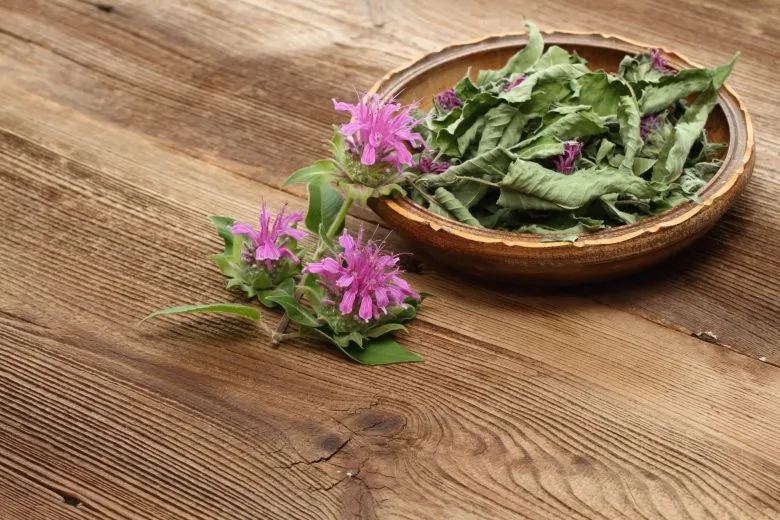
This aromatic and medicinal plant is very versatile, and its leaves and flowers can be used for make infusions, herbal teas and other natural remedies. Here are some of the preparations that can be made using this aromatic herb:
- Infusions and herbal teas: the leaves and flowers can be used to prepare aromatic infusions and herbal teas, with digestive properties, decongestants and anti-inflammatory. To prepare the infusion, simply pour boiling water over one or two teaspoons of dried leaves and flowers of Monarda didyma and leave to infuse for about 5-10 minutes.
- Essential oils: in herbal medicine the leaves and flowers are used for the extraction of essential oil, much appreciated for its fragrance and therapeutic properties.
- Mother tincture: the plant can also be used to obtain a mother tincture, i.e. an alcoholic solution which preserves its therapeutic properties. The mother tincture is prepared by putting the leaves and flowers of Monarda didyma in a glass jar and covering them with a 70° alcohol solution. The jar is then left to infuse for a few weeks and, subsequently, the solution is filtered and stored in a dark bottle.

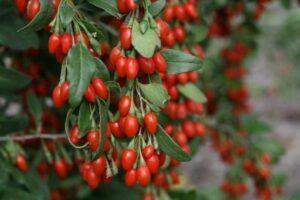
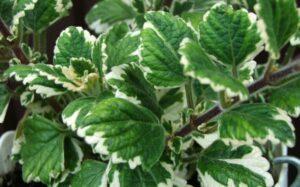
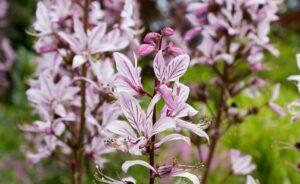
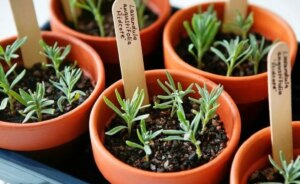
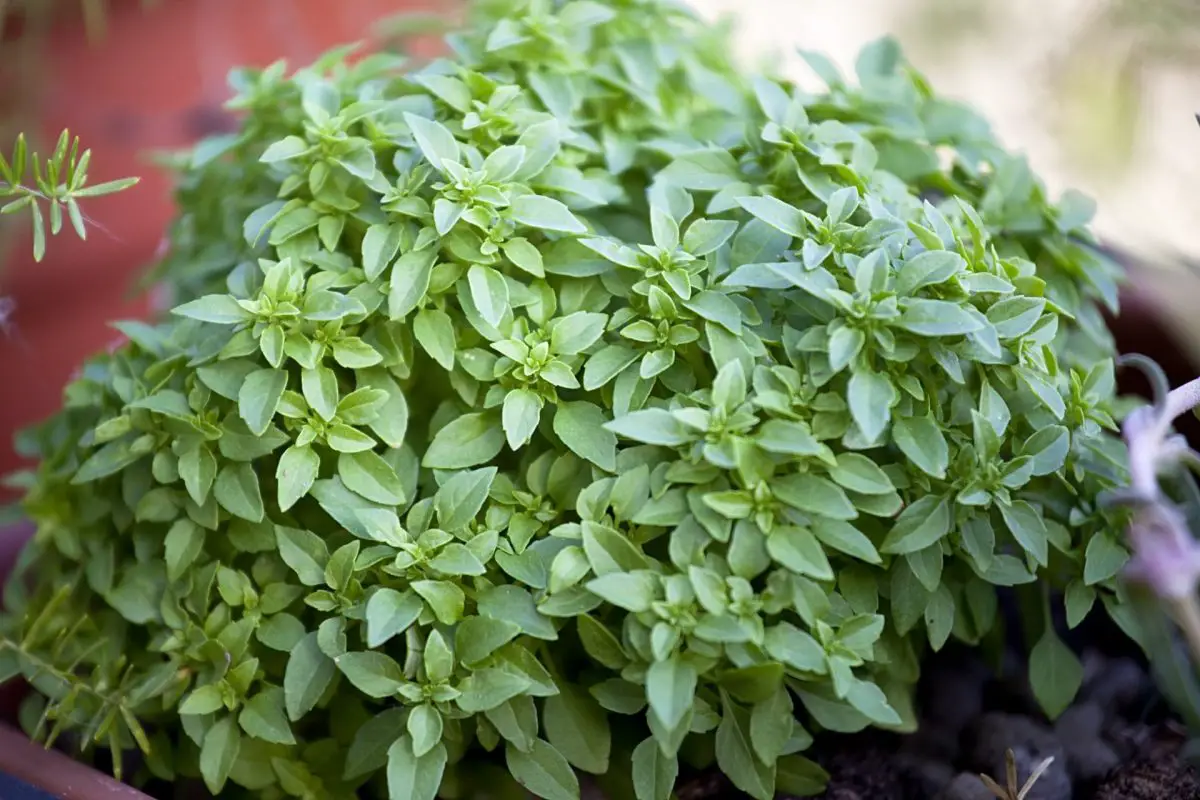
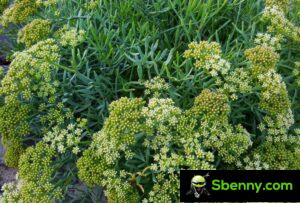
Start a new Thread